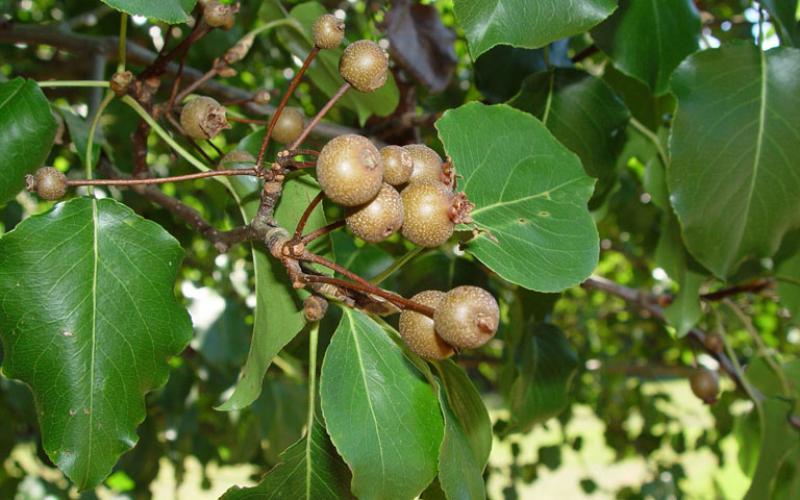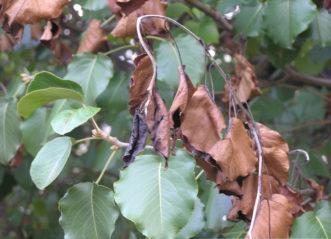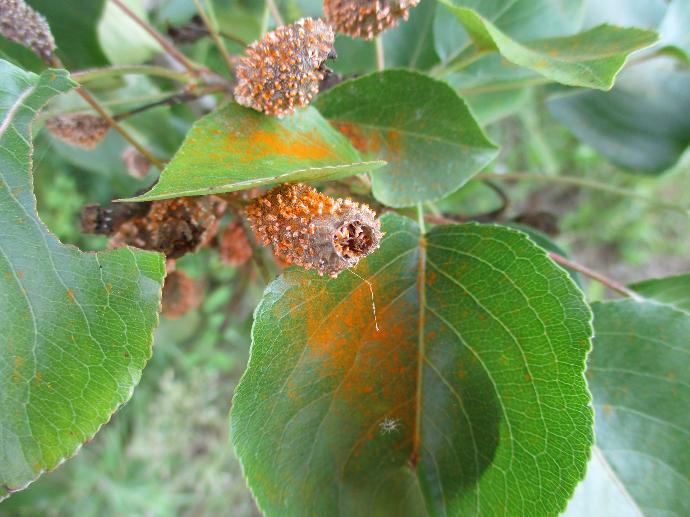Callery Pear Plant
The Callery Pear (Pyrus calleryana) is a fast-growing tree that typically reaches 30-50 feet in height. It thrives in USDA zones 5-9 and is adaptable to various well-drained soils. The tree prefers full sun to partial shade and has medium moisture needs. While it lacks edible or medicinal properties, the Callery Pear is valued for its beautiful white spring blossoms and compact growth.

Habit
Tree
Height
8-15 m
Growth
Fast
Soil
Well-drained, fertile soil
Shade
Full sun, partial shade
Moisture
Medium
Edible
No
Medicinal
No
Origin
China, Vietnam
Climatic Condition
Temperate
Temperature (°)
-15 to 35°C
Humidity (%)
40-70%
Potting media
Loamy, slightly acidic soil
Fertilizers
Low-fertilizer needs, organic compost annually
Watering
Moderate, deep watering
Plant Weight
10-20 kg
Flowering Time
Early Spring
Soil Ph level
5.5 - 7.5
Water Ph level
5.5 - 7.5
Soil EC
1-3 dS/m
Yield Per Plant
Ornamental fruit
NPK ratio
10:10:10
life Span
15-25 years
Health Benefits
Ornamental tree, erosion control, windbreak
Suggested Grow Media or Potting Mix ?
60% loamy soil, 20% compost, 20% sand
Suggested Fertigation/Fertilizers
Fertilize every 6 weeks with a balanced, slow-release fertilizer.
Common Diseases and Remedies
Fire Blight
Blackened, wilted leaves and shoots; branches may appear scorched, with a characteristic “shepherd’s crook” at the tips.
Prune affected areas, apply copper-based fungicides, improve air circulation.
HEALTH BENEFITS
· Rich in antioxidants, which may support immune health.
· Traditional uses include treating digestive issues and inflammation.
· Contains fiber, which aids in digestion.

